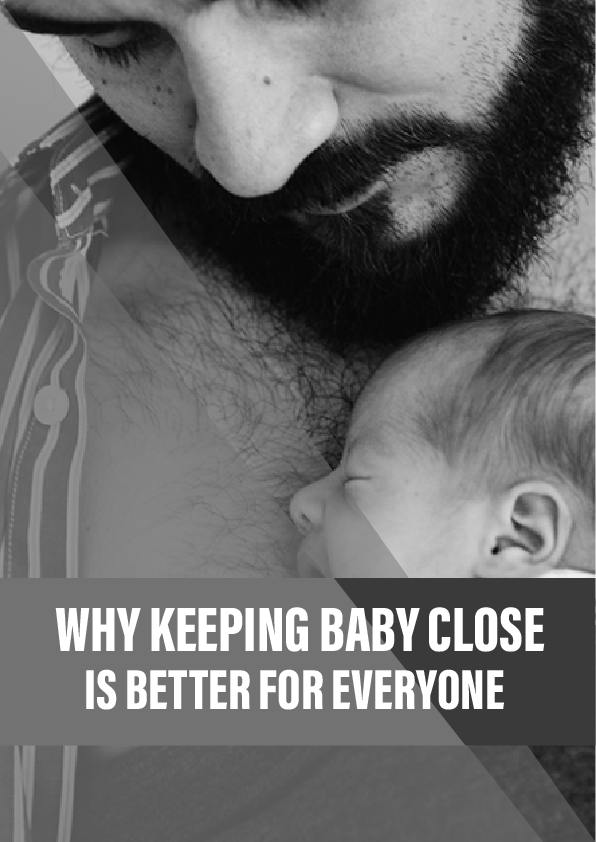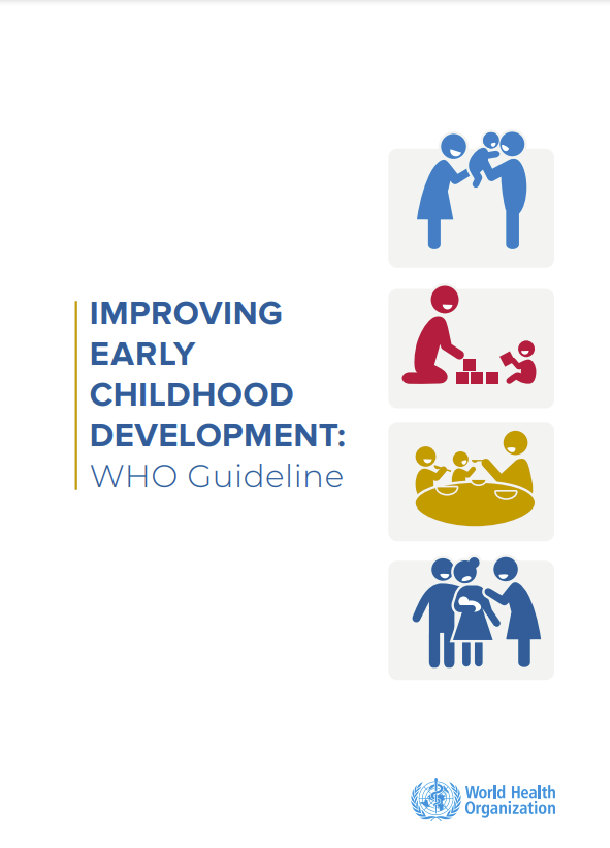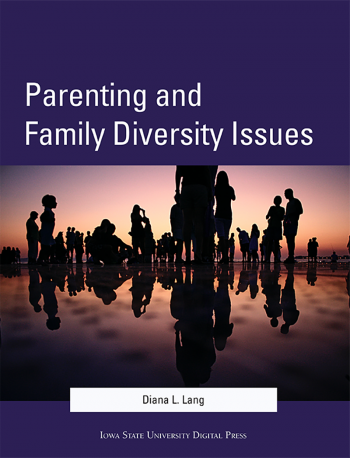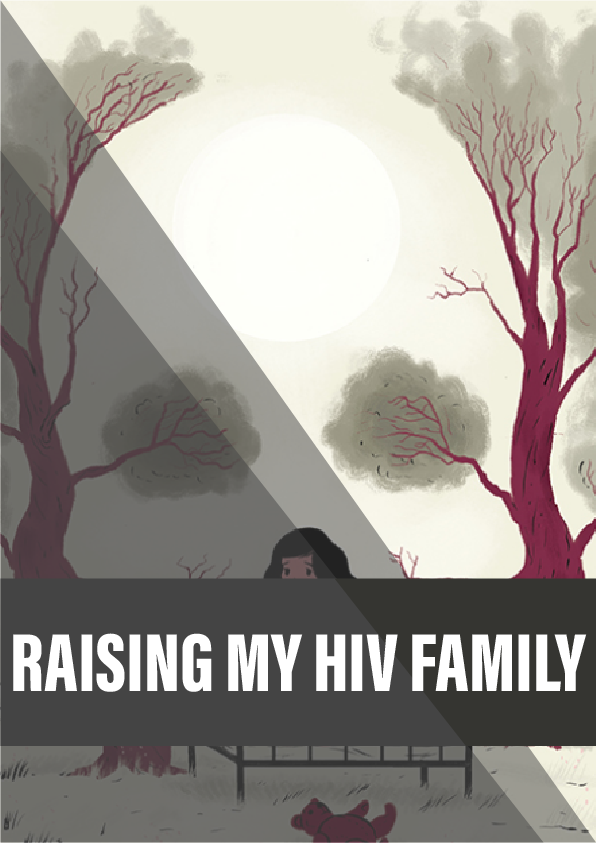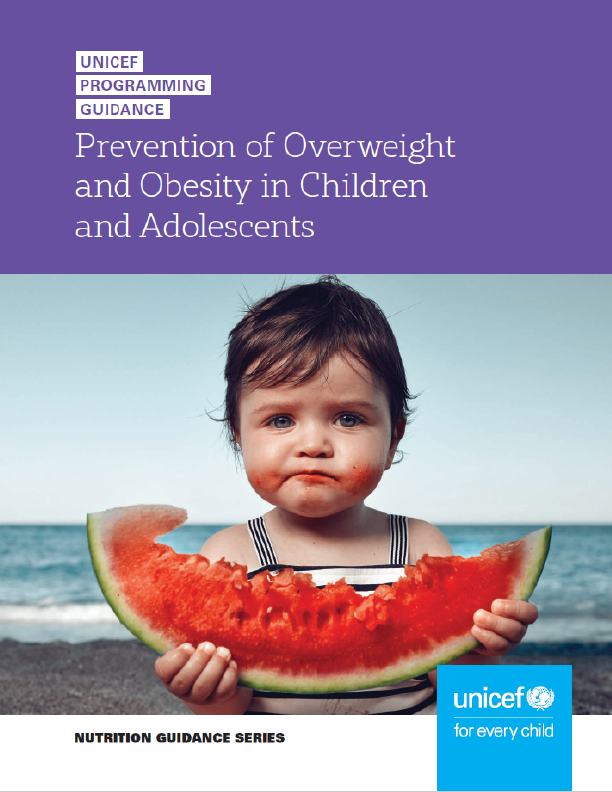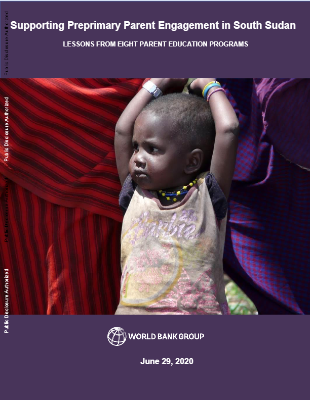A shortage of incubators and a hunch about marsupials inspired a Colombian doctor to try something radical to save premature babies’ lives: constant skin-to-skin contact with parents. It’s cheaper than high-tech neonatal care – and it may be better, too. Lena Corner reports.
armela Torres was 18 when she became pregnant for the first time. It was 1987 and she and her now-husband, Pablo Hernandez, were two idealistic young Colombians born in the coastal region of Montería who moved to the capital, Bogotá, in search of freedom and a better life. When Torres told her father she was expecting, so angered was he by the thought of his daughter having a child out of wedlock that they didn’t speak to each other for years.
Torres remained undaunted. Her pregnancy was trouble-free and she had a new life in Bogotá to get on with. But one December afternoon, suddenly, out of nowhere, her body began to convulse with sharp contractions. It was more than two months before her due date. She called Hernandez and together they rushed to the Instituto Materno Infantil (Mother and Child Hospital) in eastern Bogotá. Not long after arriving she gave birth naturally to a baby boy weighing just 1,650 grams (3 lb 10 oz).
Before she had a chance to hold him, her baby was whisked off to a neonatal intensive care unit. Torres was simply told to get dressed and go home. “I didn’t even get to touch him,” she says. “They said I could come back and see him but the visiting times were very restricted – just a couple of hours a day. When I did visit I was allowed to look but not touch.”
On the third day she was at home preparing for her next visit when the phone rang. “It was the hospital,” she says. “They called to say my baby was dead. They didn’t tell me the cause of death or give me any diagnosis. Just that he was dead. I hadn’t even named him yet.”
Torres was traumatised. She became gripped with an acute feeling of isolation and started spiralling into depression. She knew she needed to do something to pull herself back so she enrolled on a teacher-training programme and immersed herself in her studies. “It gave me something to focus on,” she says. “It saved me.”
A decade passed before Torres was ready to become pregnant again. This time round it was different. By now she was married to Hernandez and well settled in Bogotá. Her father had even started talking to her again. She was so excited about giving birth that, a couple of months before her due date, she decided to throw a big baby shower. But on the day of the party, familiar, severe contractions ripped through her body, stopping her in her tracks. She smiled, told no one and pretended it wasn’t happening. By evening, once all the guests were gone, she could hide it no longer. She told Hernandez who again rushed her straight to the Instituto Materno Infantil.
“When we got there the doctor was furious with me for not coming earlier. He said I was ready to give birth,” says Torres. “I was petrified, I didn’t want another premature baby. I was taken to the exact same ward as where I had my baby which died. Memories came flooding back. I was extremely stressed.”
At one o’clock the next morning Torres gave birth to another boy. She named him immediately, calling him Julian. He weighed almost the same as her firstborn and just like then, he was whisked straight into intensive care. History, it seemed, was repeating itself.
Reference:
- Nathalie Charkpak’s 20-year follow-up study of outcomes following skin-to-skin contact, in Pediatrics journal.
- Charpak’s 1994 study that first brought kangaroo mother care widespread attention.
- A 1998 study investigating the effects of kangaroo mother care on mother–infant bonding.
- Charpak is the author of a book, Kangaroo Babies: A different way of mothering.
